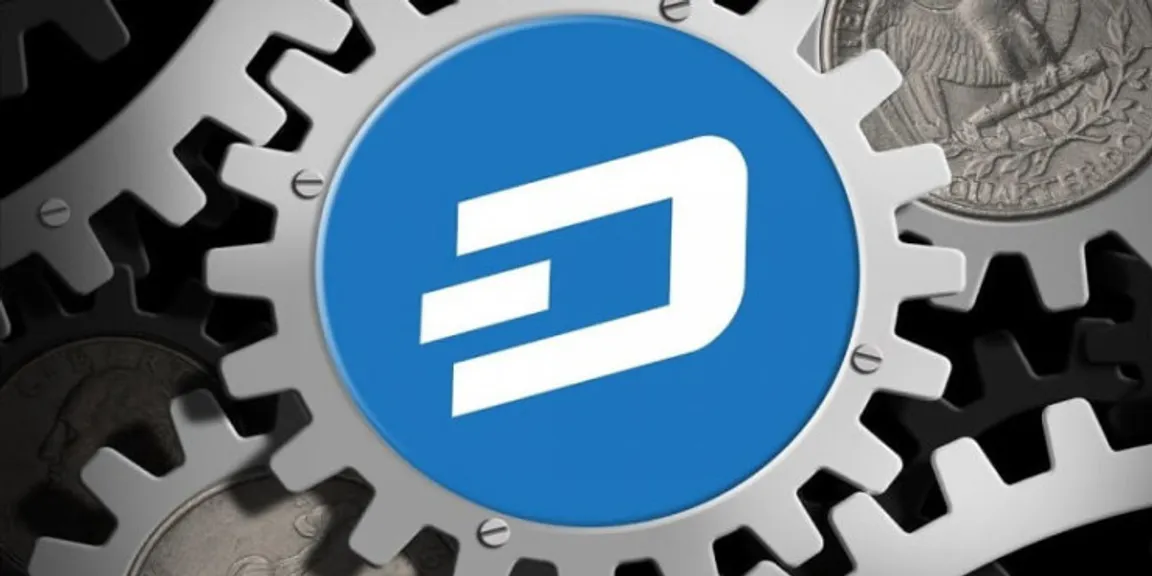In the dynamic landscape of cryptocurrencies, Dash has emerged as a prominent player, offering a unique blend of privacy, speed, and governance features. One of the key aspects that fuels the Dash network is mining. In this blog, we will dive into the world of Dash mining, exploring its intricacies, the technology behind it, and the potential rewards for miners.
Understanding Dash
Before delving into Dash mining, it’s essential to have a brief understanding of Dash itself. Dash, short for Digital Cash, is a cryptocurrency that focuses on fast and private transactions. It employs a two-tier network with miners and masternodes, enabling features like InstantSend and PrivateSend.
Dash Mining Explained

Dash, like many other cryptocurrencies, relies on a consensus mechanism known as Proof of Work (PoW). Mining is the process by which new Dash coins are created and transactions are added to the blockchain. Dash mining involves solving complex mathematical problems using computational power, and the first miner to solve the problem gets the privilege of adding the next block to the blockchain.
Decoding the Dash Mining Algorithm: Unveiling X11
Dash uses the X11 hashing algorithm, which sets it apart from other cryptocurrencies that commonly use algorithms like SHA-256 or Scrypt. X11 is known for its energy efficiency and security, making Dash mining an attractive option for miners looking for a greener alternative.
1. The X11 Algorithm
Dash employs the X11 algorithm as its Proof of Work (PoW) mechanism. This algorithm is a chained hashing algorithm, meaning it utilizes a sequence of 11 different cryptographic hash functions. The use of multiple hashing functions in X11 enhances security and makes it resistant to specialized hardware such as ASICs, at least in the early stages of its implementation.
2. Enhanced Security
The X11 algorithm enhances the security of the Dash network by introducing a multi-algorithmic approach. Each of the 11 hashing functions in the X11 chain must be successfully solved for a block to be added to the blockchain. X11’s complexity deters manipulation, fortifying Dash’s blockchain against malicious attacks and ensuring robust defense and security.
3. Energy Efficiency
The X11 algorithm stands out for its energy efficiency compared to other PoW algorithms, making it a notable feature. While ASIC resistance was initially a goal, over time, ASIC miners designed specifically for X11 have emerged. Despite this development, X11 remains more energy-efficient than traditional algorithms like SHA-256, making Dash mining a more sustainable option.
4. ASIC Miners in X11
While X11 was designed with the intention of thwarting ASIC miners, dedicated X11 ASIC miners have been developed. This evolution has led to increased hash rates and network security. However, the relatively slower development of X11 ASICs compared to ASICs for other algorithms has allowed a more extended period of GPU mining for Dash.
5. Dash’s Vision with X11
The implementation of X11 in Dash aligns with the project’s vision of creating a robust, secure, and energy-efficient cryptocurrency. The algorithm’s resistance to certain mining centralization issues and its focus on security have played a pivotal role in Dash’s journey to becoming a well-established digital cash solution.
Mining Hardware:
The hardware used for Dash mining has evolved over the years. In the early days, miners could use regular CPUs, but as the network difficulty increased, more powerful hardware became necessary. Currently, ASIC (Application-Specific Integrated Circuit) miners are the most efficient for Dash mining. These specialized devices are designed exclusively for mining cryptocurrencies and offer significantly higher processing power than general-purpose hardware.
Setting Up a Dash Mining Rig:
Building a Dash mining rig involves assembling the right hardware components, installing mining software, and configuring the system. ASIC miners are the preferred choice due to their high hash rates and energy efficiency. Popular mining software for Dash includes CGMiner, EasyMiner, and Awesome Miner.
Joining a Mining Pool:
Solo mining, while still possible, has become increasingly challenging due to the high level of competition and the need for substantial computational power. Mining pools offer a more accessible and consistent way for miners to earn rewards. Mining pool participants combine their computational power, and the pool distributes rewards proportionally based on their contributions to the network.
Rewards and Incentives:
Mining Dash comes with the potential for financial rewards. Miners receive newly created Dash coins as a block reward and may also earn transaction fees. Dash actively allocates a portion of block rewards to fund the development and promotion of the Dash network through its treasury system.
Conclusion
Dash mining is a fascinating and potentially lucrative endeavor for those interested in contributing to the security and functionality of the Dash network. As with any mining activity, it requires careful consideration of factors such as hardware, electricity costs, and mining pool selection. With the right setup, miners can play a crucial role in maintaining the integrity of the Dash blockchain while reaping the rewards of their computational efforts.